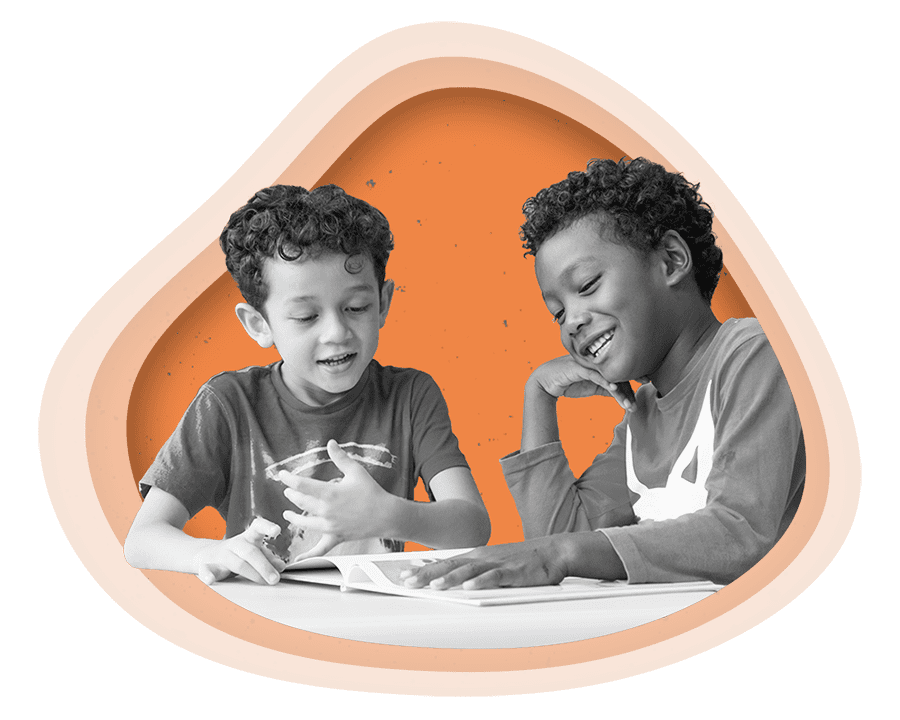
Inclusive Excellence
ASU Preparatory Academy is dedicated to Inclusive Excellence for our entire community. We closely follow the resources and trainings provided by Arizona State University’s Office of Inclusive Excellence.
Purpose
In the spirit of the ASU Charter, inclusive excellence at Arizona State University is a commitment to all ethnic, intellectual, socioeconomic and cultural backgrounds; accounting for the deepest possible grasp of diverse perspectives and identities; and building upon our promise to measure ourselves by whom we include and how they succeed.

What does Inclusive Excellence look like at ASU Prep Academy?
Inclusive Excellence at ASU Prep means:
- We are building a diverse staff
- We are teaching from broad perspectives
- We are teaching so students have an inclusive understanding of issues
- We broadly define diversity to include as many perspectives as possible
Inclusive Excellence Committees
ASU Prep currently has three committees:
- Family Support Committee
- Social Media Committee
- Event Planning Committee
You’re welcome to contact us!
Our Commitment to Cultural Diversity in our Courses
ASU Prep Digital employs processes and practices to ensure all course content is culturally sensitive and bias free. To do so, we engage specialists to review all course content and to flag potential biases for correction or removal. Our development team also undergoes equity and cultural sensitivity training to heighten skills and awareness in this area. Finally, we depend on input from our stakeholders to strengthen our curriculum.
ASU Prep Digital’s course development always begins with a thorough accounting of the required state and national standards to be included. As students learn the standards, we want the learning experience to be rich with the diversity that varying perspectives and cultural enhancements afford through our selection of images, design, language choices, cultural references, digital media, or reading materials. Likewise, we examine whether any of the same elements are actually impeding the student’s ability to learn. Our instructional design goal is to facilitate efficient mastery of the learning standards through a rich and engaging learning experience.
At the same time, we recognize that curriculum and instruction work hand in hand. Thus, course customization options are part of our design. Our courseware licensing program offers tools and resources to facilitate local, teacher-created materials that enhance opportunities to present content through a variety of lenses, offering deeper and broader cultural, racial, or socio-economic perspectives than the foundational course scope may allow. No single curriculum will ever account for every unique human perspective and lived experience, but good teachers will seek and find ways to engage students in a variety of viewpoints, and to model and practice the vital skills of thinking analytically, practicing empathy, and advocating for self and others equally.
ASU Prep Digital respects the fact that all human perspective is limited, including, of course, our own! As such, we welcome input from the students, parents, and educators who use our curriculum, including specific suggestions to help us address a course’s standards in ways that may broaden perspectives and invite new levels of age-appropriate dialogue. We are continuously looking to improve and strengthen our content. Feedback from students, parents, teachers, and others enriches us with excellent insights for that purpose. It takes all of us working together to strengthen curriculum and, in the process, to offer students models of cooperation, inclusion, healthy dialogue, and mutual respect.
